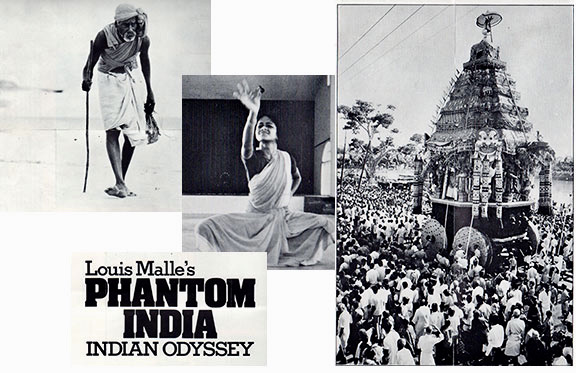
Unaccountably missing or overlooked on most reviewers’ top DVD releases of 2007 was a remarkable set from Eclipse (Criterion’s no frills, affordable editions division) – The Documentaries of Louis Malle. Among the 7 titles featured were the relatively obscure God’s Country [broadcast on PBS in 1986, but filmed in 1981], And the Pursuit of Happiness [1986, also made for television), Place de la republique [1974] featuring man-in-the-street interviews on a busy Parisian boulevard, Humain, trop humain [1974], a fascinating time capsule of French auto workers with industrial noise and Godard-like imagery and the 18 minute short Vive le tour [1962]. But the real highlights of the collection were Phantom India [1969], a 378 minute portrait of that nation that was distributed theatrically as a 7-episode series, and Calcutta [1969], which was filmed at the same time but released separately (It was nominated for a Golden Palm at the Cannes Film Festival). To call both films an overwhelming experience is an understatement to say the least.



